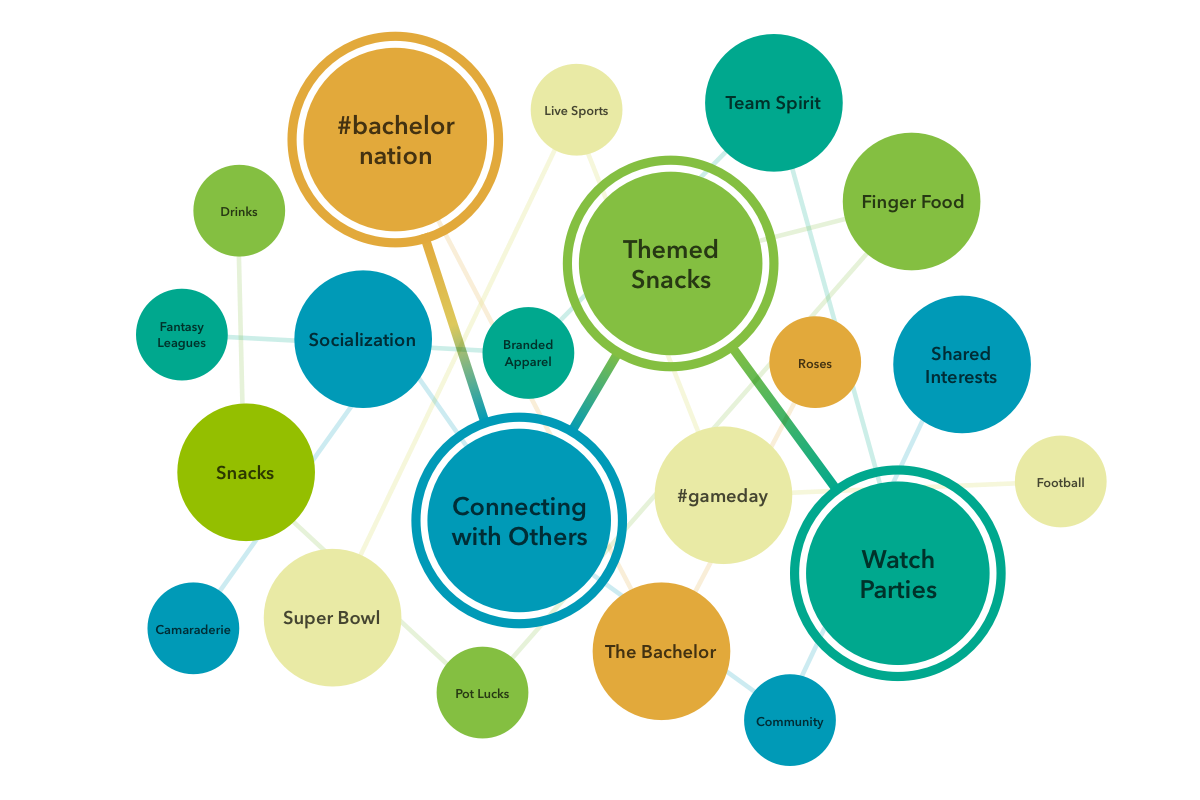Social media listening: The best-kept secret in innovation
 They say there are no new ideas but, based on the volume of DIYs and life hacks online, it doesn’t seem like social media users would agree.
They say there are no new ideas but, based on the volume of DIYs and life hacks online, it doesn’t seem like social media users would agree.
If you listen closely to online conversation, you’ll find more than new ways to fold your laundry or upgrade your home office on a budget. Social media provides one of the most organic and unfiltered methods for uncovering consumers’ unmet needs and finding opportunities for companies to meet them.
Innovation is hard — here's why
Often, internal teams are too “in the weeds.” When employees are laser-focused on day-to-day operations, it can be easy to overlook the obvious. By coming up with DIY hacks and posting their new ideas on the internet, consumers are practically telling you what they want or need and aren't buying from anyone else — yet. However, even if you have a dedicated innovation team, the process to identify whitespace opportunities, evaluate how your company can fill the gaps, produce a solution, and test how it’ll be received by consumers takes a lot of resources (both time and money).
Incorporating social listening into the innovation process
Social media listening can facilitate the innovation process and generate valuable information to guide new product development. Perhaps you’ve got a business objective in mind and want to gather information on competitors within your industry. Maybe you want to better understand what consumers value as a whole. No matter how specific or broad your research goals may be, you can use social listening to mine and make sense of the information available online.
Innovation foundation
Social listening comes down to finding the needle(s) in the haystack.
Viral hashtags, memes, accounts, and videos aren’t just for entertainment — they provide guidance on trends. While there seems to be an almost immeasurable amount of online chatter to synthesize, that also means there are plenty of real-time opportunities to discover what’s becoming popular at the moment, and more importantly, what’s driving that popularity.
What’s trending in your industry is a good place to start, but looking at trends in a vacuum won’t give you the lens you need for innovation. Try focusing on broad, cultural trends first. Brainstorm what’s popular or viral, then start connecting the dots. Are there common threads between the trends? What could motivate people to take part, try it themselves, or share with others? What themes are relevant to your industry or services? The answers to these questions can provide a detailed map of consumers’ unmet need states.

Whitespace ideation
Social media listening lets consumers do the thinking.
Social users are explicitly sharing their unmet needs every day. When you’re scrolling through social media, it doesn’t take long before coming across a DIY project or life hack that solves a common problem. Whether that’s how to make fresh pasta for a restaurant-like meal at home or the best snacks for a TV show watch party, social platforms are full of inspiration for consumers and companies alike. Consumers are essentially giving away their ideas and telling you what they want — and social listening will tell you where to look.
Adoption acceleration
What was born from social media can also be fueled by it.
There’s an abundance of data that can be parsed from social metrics, and it’s not just about likes, shares, or mentions. From this data, you can identify your target audience, measure potential reach, and predict the most timely launches. Analyzing social behavior provides validation and guidance on how to position yourself to have the maximum impact on the market.
KISS — keep innovation stupid simple
We know innovation is an intricate process, and it can be difficult to cut through the noise and get to a refined and valid concept. There are plenty of proven techniques to help companies evaluate needs and opportunities, but sometimes the simplest sources of information are right under your nose — or on an app on your phone.
Social listening lets you keep a pulse on what’s happening online, but the secret to innovation is being able to apply learnings in meaningful ways. The ability to understand what’s going on, find missed opportunities, and develop a cohesive plan for how your company can meet those needs takes expertise and experience.
If your innovation efforts have stalled or you’d like to uncover ideas that will resonate with consumers, reach out to us to see how social media listening can fit into your innovation process.